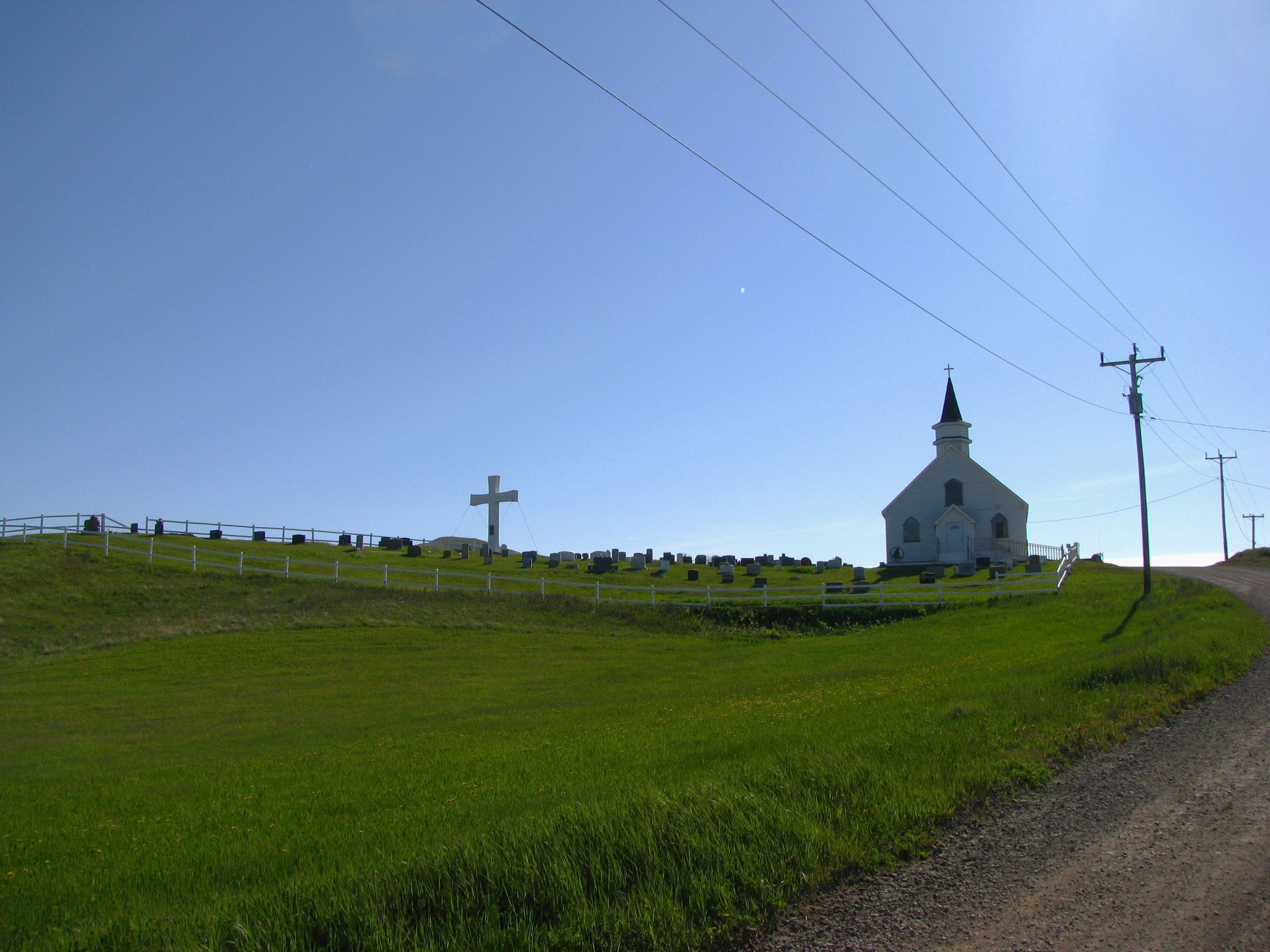
A simple process to guide decisions
We have created and tested a simple guide for taking action. We want every congregational leader to know what is required to take their buildings to zero emissions! Once they know that, they can start to prepare the way: build support, set a plan (with our help, if desired), educate donors and collect donations, identify the cost or grant threshold that allows their congregation to move forward…and in the meantime, improve the building envelope and internal functioning so that future energy costs are as low as possible.
Here is our six-step program for drastically reducing your greenhouse gas emissions:
-

1) Building Audit
Use a self-guided questionnaire to review all the areas that could be making your buildings leak energy (and money). Along the way, provide us with information about the equipment you have that uses the most energy (heating, cooling, lighting, and kitchen equipment). Then we’ll help you to calculate your building’s area and volume pretty painlessly.
-

2) Energy Audit
Review your energy bills and enter how much energy you used and what it cost you. (Soon we hope to automate this and import data you download from your energy providers). With this data, we can calculate your buildings GHG footprint, so you can see how it improves over time. (Sample Report)
We can also tally the total energy savings that would be possible with proper government investment through grants for non-polluting mechanical systems. We hope this will encourage rapid action on their part!
-

3) Expert Visit with Thermal Imaging
On a cold day, a person with some expertise will go through your whole building(s) to take thermal images and see exactly where, and how badly, your building lets heat escape, so you can know where to best focus your attention. (Notice the bright yellow in the image above? That is heat going straight through the cement foundation…)
-
4) Recommended Solutions
We are gathering a decision-tree of “standard solutions for standard churches”, taking into account the model or type of church, its age, its provincial energy structure and the surrounding climate. We are working on case studies for unique situations, and we are exploring non-traditional solutions where there is potential for community hubs or local energy hubs.
-
5) Financial Modeling and Government Relations
Our university partners will develop spreadsheets to help you estimate the costs and paybacks of converting your mechanical systems (in your province, with your climate and your building type). In some jurisdictions, even with low grant amounts, it can make sense to spend money up front in order to save money over the longer term. This may be an attractive investment for diocesan “bond-type” investments. In other situations, when government funders seem the potential for rapid conversions of multiple buildings to low or zero GHG emissions, they may well provide special funding to congregations showing leadership.
-
6) Homeowner Conversations
Congregations are made up of people, some of whom own their dwellings (houses or condos). They also want to know how to help the planet, and together, we can show them how! We can also equip them to share the good news of GHG savings with their neighbours, building relationships and creating societal cohesion.
Ready to start?
Are you the first to express interest from your diocese, region, training institution or industry group? Contact us to discuss joining or to volunteer your services.
Is your diocese, or institution already involved? Use the link on the Participants page to contact them directly and follow their guidance.
